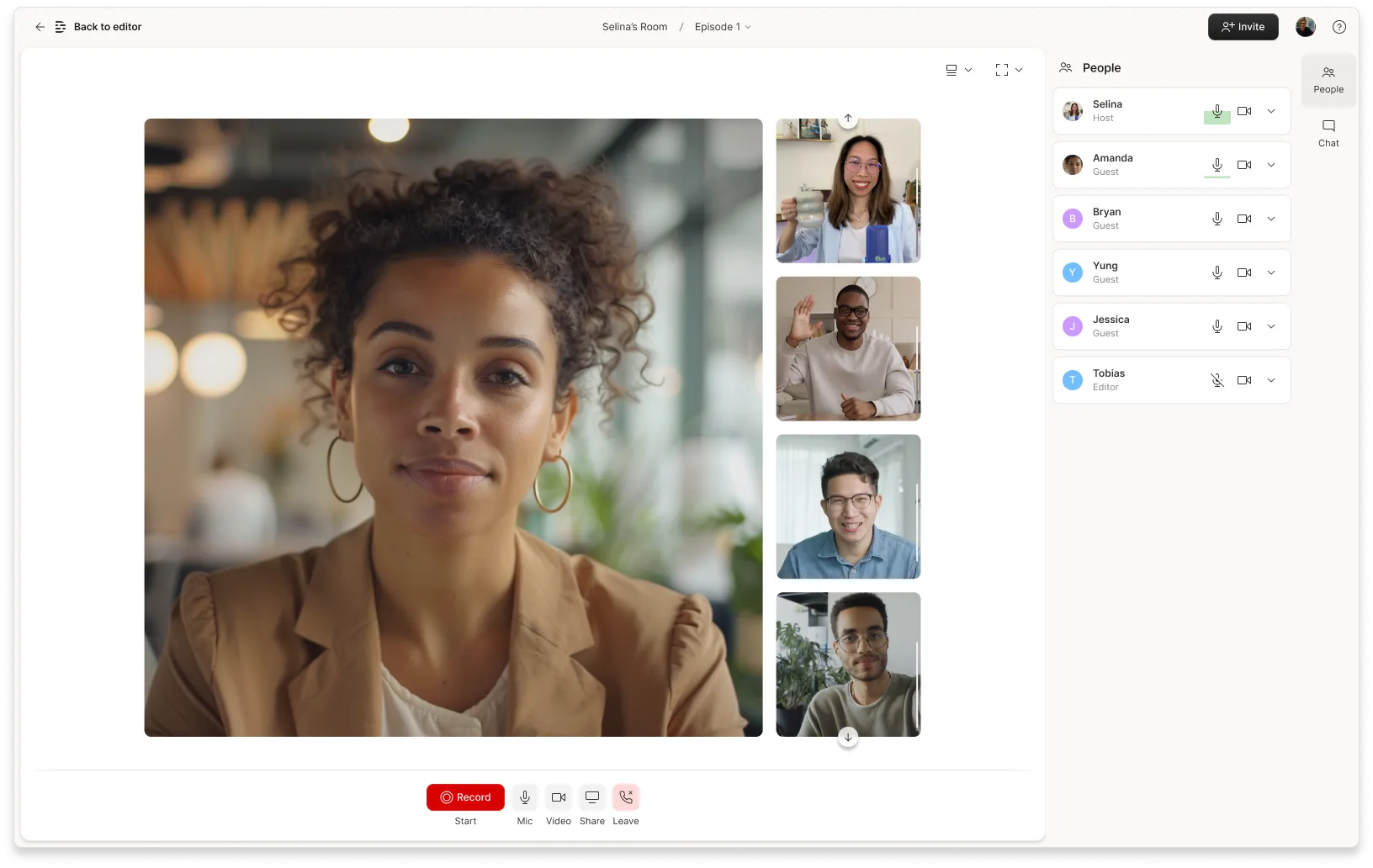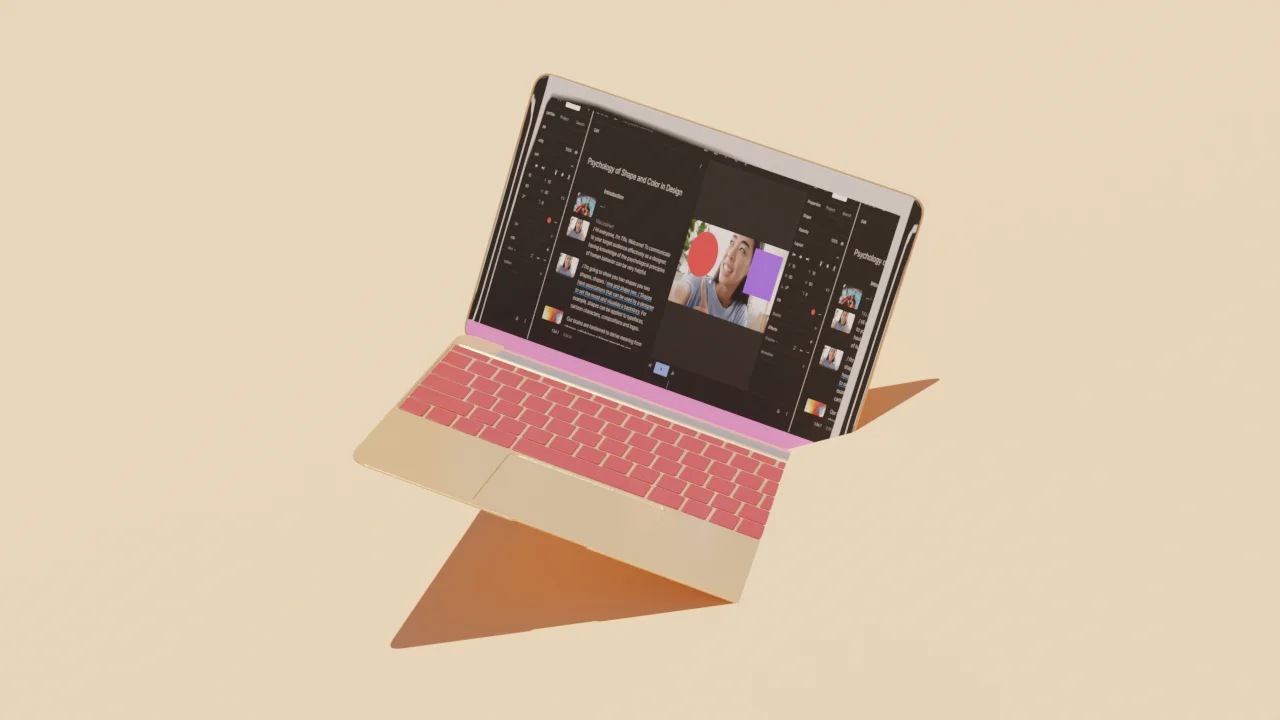New creators will often leave a shoot jazzed about their material and story, but once they sit down to edit, realize they actually missed a few key shots. It can completely ruin a project — especially if you can’t get access to re-shoot — but it’s also easily avoidable.
I remember the first time this happened to me, on one of my first days as a local news reporter. I was a one-man-band, responsible for every aspect of production from shooting my stories to editing the final pieces to doing my own makeup for the evening news live-shot.
It was New Year’s Day 2016, my fourth day of work and my first time ever going out alone. It was an easy story, or should have been: a charity 5K. I shot a ton of footage for that story, filling up my entire memory card with runners streaming by, middle-aged men in too-revealing running shorts and eight year old girls in tutus, strong moms pushing double strollers and an elderly woman bringing up the rear of the pack with a giant smile and wave to the onlookers.
But when I got back to the station, excited to edit, I realized all my shots looked basically the same. Sure, the people in each shot were different, but I’d stood at the same spot on the sidewalk the whole time so the runners blurred together, all shot from the same depth, vantage point, and camera angle.
I never made that mistake again. But figuring out what exactly to shoot instead, and how much to shoot, can still be tricky. Here are a few tactics I have used in my career since, from wartime Ukraine to the streets of New York City.

Shoot in sequences
You should start thinking about your storytelling arc while you’re shooting. That way, you can shoot the specific sequence that will show the story you’re trying to tell.
I’d recommend shooting a sequence of three or five shorter clips for a single “beat” of the story. For example, instead of just recording your subject putting on his soldier’s fatigues in one long shot, use each shot to communicate something about the soldier and his story.
Take a long, wide shot of the soldier, situated in his barracks, buttoning his pants. Make sure to get his kid’s drawings in the background, hanging above his bed. Then, move closer and take a close-up shot of his weathered hands lacing up his combat boots, his wedding ring gleaming. Finally, get an over-the-shoulder shot from his own point of view as he fastens the scratchy Velcro on his flak jacket across his chest, over his heart.
Then when you sit down to edit, you’ll have the material for a strong sequence already thought-through and the elements will actually push your story forward. It’ll be like putting together the pieces of a puzzle.
Shoot for longer than you think you’ll need
It’s easy to shoot a specific moment, like the cloud of black smoke mushrooming above an air-strike target or the two kids taking turns pushing each other on a wheelchair in the children’s hospital, and think, “Got it!”
I’d challenge you to hold that shot for five seconds, 10 seconds, even 20 seconds after you think you have what you need.
Sometimes, you’ll get a surprise. A dove will soar across the soot-streaked sky, a perfect image of peace on the horizon. The little kids will dissolve into laughter, bringing light into the dark hospital.
Other times, the shot itself won’t really change, but you’ll be grateful for the extra padding in post-production if you need to edit the shot in time to music or a voiceover or just the rhythm of your final video.
The industry doesn’t run on film anymore; there’s no such thing as wasting tape.
Give your subjects time to get comfortable
Very few people feel completely comfortable with a camera pointed in their face recording their every move in high definition. Even if you move across the room and zoom in, there’s still a sense of being watched that can make people act unnaturally.
It’s important to work around this so that you can capture genuine moments and interactions. Viewers can tell what’s staged and what’s real — and if it feels staged, they might lose their trust in you.
The big thing here is time. If you bust into a space and start recording, it can catch your subjects off guard. Instead, start your shoot with the camera off. Learn about your subjects on a human level: ask if they’ve ever been on camera before and if they have any specific angles they’re anxious about, like showing a bald spot.
Sometimes, especially with kids, I’ll even show my subjects how the camera works. If they know that the red light on the top of the camera means it’s recording and that this toggle I press with my thumb means I’m zooming in, they won’t wonder in the moment, which takes them out of the action.
If they understand that you’re not trying to trick them into being recorded, they’ll likely relax and be themselves. That comes through on camera.
Shoot extra B-roll
This final point goes back to the fact that you can’t waste tape while shooting digitally. It’s always better to shoot more B-roll — that is, supplementary, often scene-setting footage to roll between your main moments — than you think you’ll need for your edit.
When it comes to getting the right B-roll, a good rule of thumb is to shoot as wide as possible and then shoot as tight as possible.
For wide shots, physically step back from the scene, maybe out on the street or up on a hillside. Help the viewer understand the larger setting and situate the scene in its context. Think: a sitcom scene starting with a static exterior shot of the family home.
Then, think smaller. Is your character eating cereal at the kitchen table? Take a close-shot of the cereal floating in the milk in a gold-rimmed china dish, the spoon laying on the table and reflecting the chandelier above. Those details can reveal more about your story, setting, and character than you think.
It can be hard to know what camera shots you need when you’re in the middle of a shoot. But to get the best footage possible, focus on the story you’re telling, rather than the shots you think you need. Think like a storyteller and you’ll end up with plenty of footage to make your edit sing.


































%20(1).JPG)








